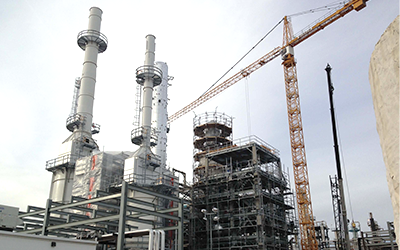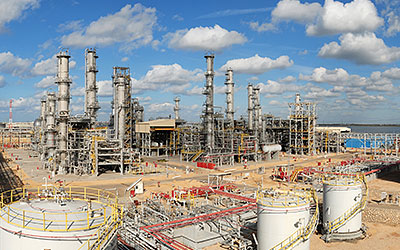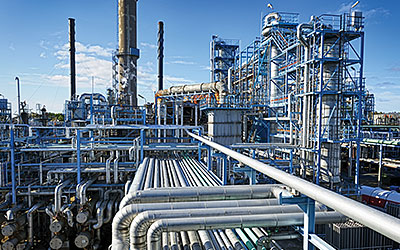Case History
Canadian petroleum refinery saves 72 hours of outage time in turnaround by simultaneously degassing and decontamination multiple units utilizing FQE® chemicals
CHALLENGE
A petroleum refinery located in Eastern Canada used FQE® Solvent-H+, FQE LEL-Vapor, FQE LEL-Surface, FQE H2S Scavenger, and FQE Pyrophoric to decontaminate and degas their crude unit.
SOLUTION
• FQE Solvent-H+ 6-hour vapor- phase injection for heavy oils & sludge
• FQE H2S Scavenger, FQE LEL- Vapor, and FQE LEL-Surface vapor-injection LEL degassing treatment
• FQE Pyrophoric treatment to neutralize iron sulfide scales
RESULTS
24 hour cleaning vs. 48 hour typical cleaning process
Multi-unit simutaneous cleaning process
Faster entry time with no delays
CHEMICALS UTILIZED
TIME SAVINGS
This was the first vapor-phase application where the entire unit was to be degassed and decontaminated simultaneously. Previously, the client had broken down the unit into individual critical path vessels with each degassing operation taking place over 48-hours. The entire crude unit would typically take a total of
4 days. Using our process, it took a total of 24-hours to fully degas the entire crude unit.
APPLICATION
FQE Solvent-H+ was vapor-phase injected into the Crude Column, Vacuum Heater, and Vacuum Column for 6-hours as part of the preliminary decontamination process to target the heavy oils and sludges.
Following the preliminary injection, all equipment was cleaned by vapor-phase steam injection with our FQE H2S Scavenger, FQE LEL-Vapor, and FQE LEL-Surface products. During the final hours of the degassing step, the system was then treated with FQE Pyrophoric to deactivate the iron sulfide scale.
LEL AND IRON SULFIDE REDUCTION
After a total of 24-hours of chemical injection, all critical path equipment was successfully degassed with no LEL’s arising from light end hydrocarbons or hydrogen sulfide present on analysis. Furthermore, upon breaking containment there was no iron sulfide scale combustion encountered.
FASTER ENTRY
Manpower designated for vessel entry entered without any delays, minimum PPE, and no additional expenses were required for supplied air operations.
The crude unit scope consisted of the following major equipment and all interconnecting piping:



